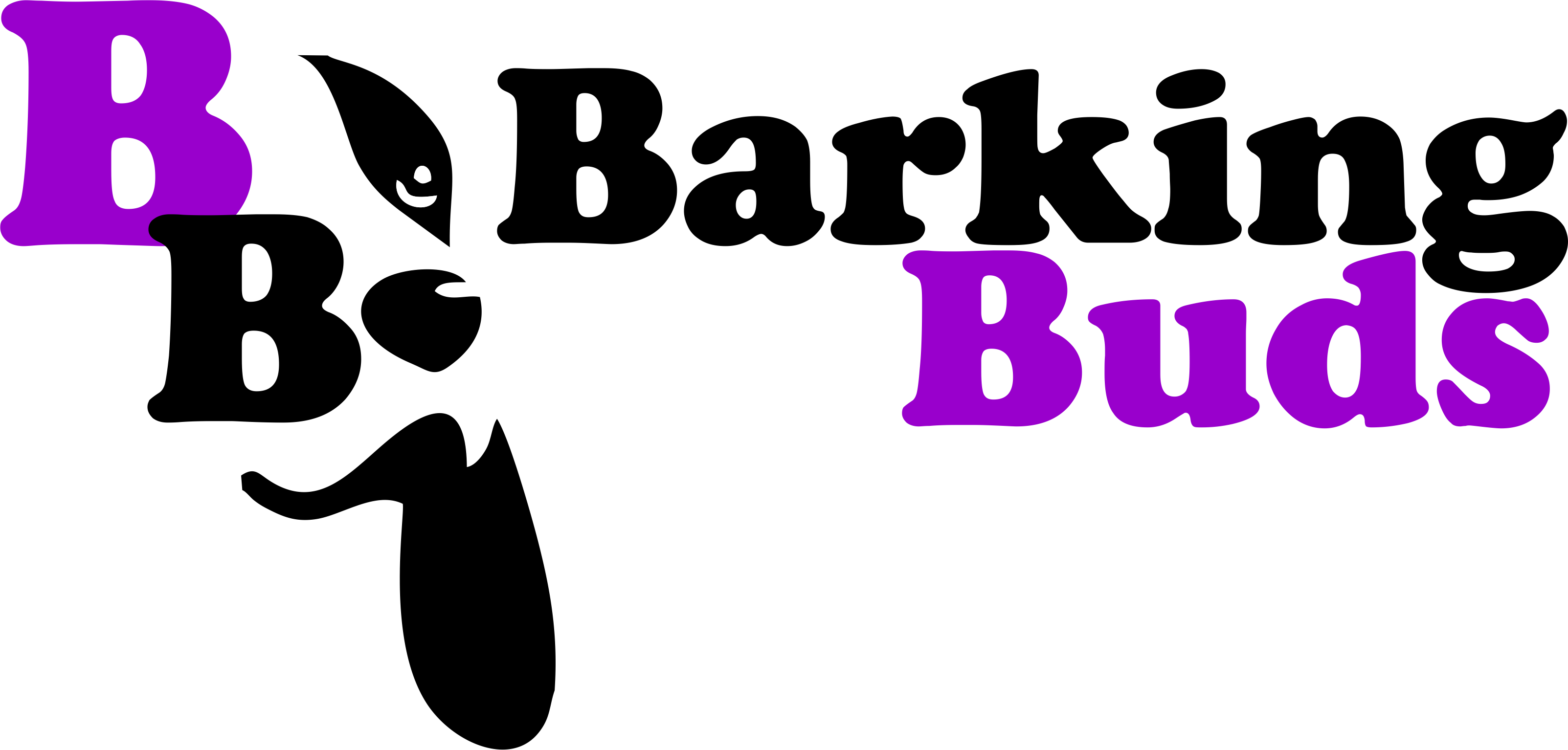Encouraging your dog to rest is important for several reasons:
1. Physical health: Just like humans, dogs need rest to recharge their bodies. Regular rest helps promote muscle recovery, improve endurance, and strengthen the immune system.
2. Mental well-being: Dogs are social animals, and regular rest allows them to relax and unwind, reducing stress and promoting a sense of calm and contentment.

3. Behavioural health: Lack of rest can lead to behavioural problems in dogs, such as hyperactivity, aggression, and destructiveness. Encouraging rest can help manage these issues and promote a more well-behaved and obedient pet.
Making sure your dog has adequate rest has many positive benefits:
1. Improved mood: Rest helps dogs feel happy and content, leading to improved overall demeanour and behaviour.
2. Enhanced focus: A well-rested dog is more focused and attentive, making it easier to train and interact with owners.
3. Reduced risk of injury: Rest allows dogs to heal from injuries and avoid injuries caused by overexertion or fatigue.
4. Improved digestion: Rest allows the dog’s digestive system to function optimally, promoting better appetite, digestion, and overall gut health.
5. Better sleep quality: Dogs who rest well tend to experience better quality sleep, leading to more energy during the day and a healthier state of mind.
Encouraging a dog to rest can be a challenging task, especially for active and energetic breeds. Here are some strategies owners can try:
1. Provide a comfortable bed: Ensure the dog has a comfortable bed with proper support and cushioning. This can help promote a sense of comfort and relaxation.
2. Create a peaceful environment: Create a calming and quiet environment that allows the dog to rest undisturbed. This may include closing curtains, using soothing music, or using a diffuser with calming essential oils.
3. Limit physical activities: Avoid excessive exercise or playtime in the hours before bedtime, as this can disrupt a dog’s rest.
4. Create a routine: Establish a regular sleep schedule, allowing the dog to know when it is time for rest. Try to stick to this schedule as much as possible.

5. Provide mental stimulation: Engage the dog in mentally stimulating activities during non-resting hours, such as training, puzzles, or interactive toys, to help tire their mind.
6. Use positive reinforcement: Reward the dog for resting calmly and quietly with treats, praise, or their favourite toy.
7. Identify triggers: Identify any triggers that may disrupt rest, such as loud noises, bright lights, or the presence of other animals, and take steps to minimise or eliminate them.
8. Calming Activities: Work out what helps to calm your dog. This may be chewing an antler or licking a lick matt. Both licking and sniffing behaviours are known to help settle dogs down so anything that encourages this behaviour will help them to settle. Ways you can utilise these behaviours can be through kongs and scatter feeding.
Remember, every dog is different, and some may require more encouragement than others. Patience and consistency are key to helping a dog develop a healthy rest routine.
